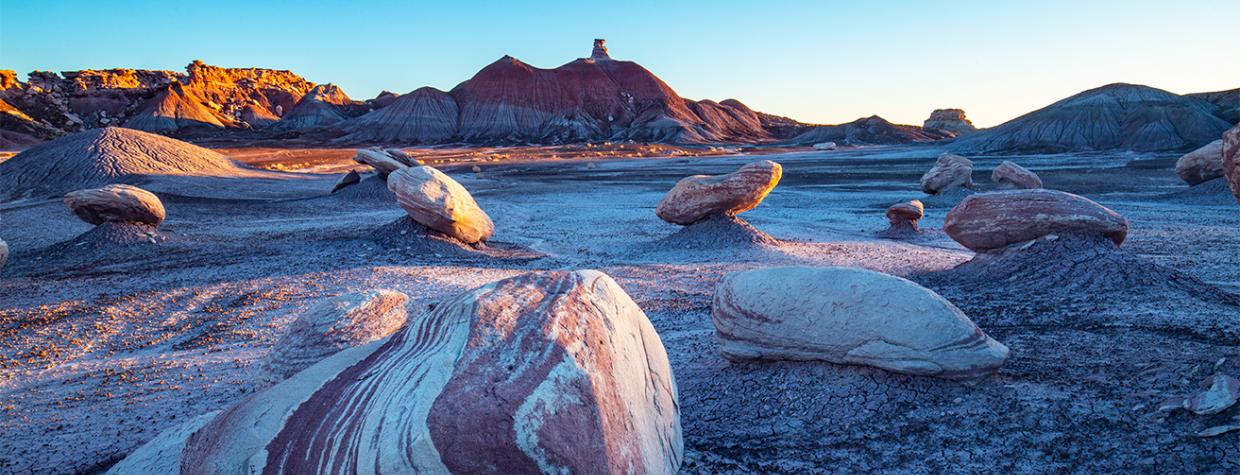JK: You’re one of our regular contributors, and you’ve composed some amazing images in recent years. Was this instilled at a young age?
JH: Both of my parents are very down-to-earth, and art was never a priority in our house, except as a hobby. We didn’t watch a lot of TV or play video games, so we were left to choose some sort of pastime, and I gravitated toward drawing and design. We would go to water parks, and afterward, I would spend weeks designing my own park. I was fascinated with how everything worked together in places like that.
JK: What led you to first pick up a camera?
JH: I had always been inspired by Nick Berezenko, Jeff Snyder and other photographers whose work I had seen in my parents’ issues of Arizona Highways, but my first exposure to a camera was when I took up skateboarding as a teenager. I started making videos of my friends skateboarding, but I eventually got tired of having to rely on other people to show up for the shoot. We went on family hikes all the time, and a friend had a Nikon D70 that I started borrowing when I went hiking. Eventually, in 2007, I bought a 35 mm film camera, a Nikon FE, for about $100 and learned photography the hard way. The next year, I could finally afford my first DSLR, a Canon 40D. I went with Canon because the lenses were cheaper. I continue to be pretty thrifty with my cameras, but I splurge on tripods, which improve photo quality immensely.
JK: How do you think you’ve evolved as a photographer?
JH: I think I’ve evolved a couple of times. Early on, I was just trying to copy the greats. For example, I love Jack Dykinga’s big, in-your-face foregrounds, so he informed my compositions before I developed my own style. The other evolution was in the places I was photographing. Early on, I was going to the iconic places — the West Fork of Oak Creek, Grand Falls, landmarks around Sedona — and trying to get that “million-dollar shot.” After I started getting published in Arizona Highways, I got interested in exploring and photographing new places. It seemed like the magazine’s goal was to promote everything Arizona has to offer, and I could fill a niche by getting to places that only a handful of people make the effort to visit and photograph. Now, seeing what new places I can find next is what drives me.
JK: What can you tell us about this photo?
JH: This is from the wilderness portion of Petrified Forest National Park, and I made it on a very cold afternoon during a backpacking trip with my wife and our dog. What drew me to the scene were the rocks balanced on the windblown pedestals. The landscape at the park holds light for so long that it can look harsh even when the sun is almost down, but I was able to make it work.
JK: Do you have any advice for up-and-coming photographers?
JH: There’s no secret formula, but work hard and be creative with time management — do whatever you need to do to get out and shoot. Also, find what sets you apart. I don’t necessarily think I’m the best photographer out there, but what sets me apart is the willingness to get to these remote locations. Everyone has a niche they can fill.
JK: What’s on the horizon?
JH: I’m actually talking with Arizona Highways PhotoScapes about leading some photo workshops. If I do that, though, I’ll have to get a new camera so I don’t have the worst camera there.

